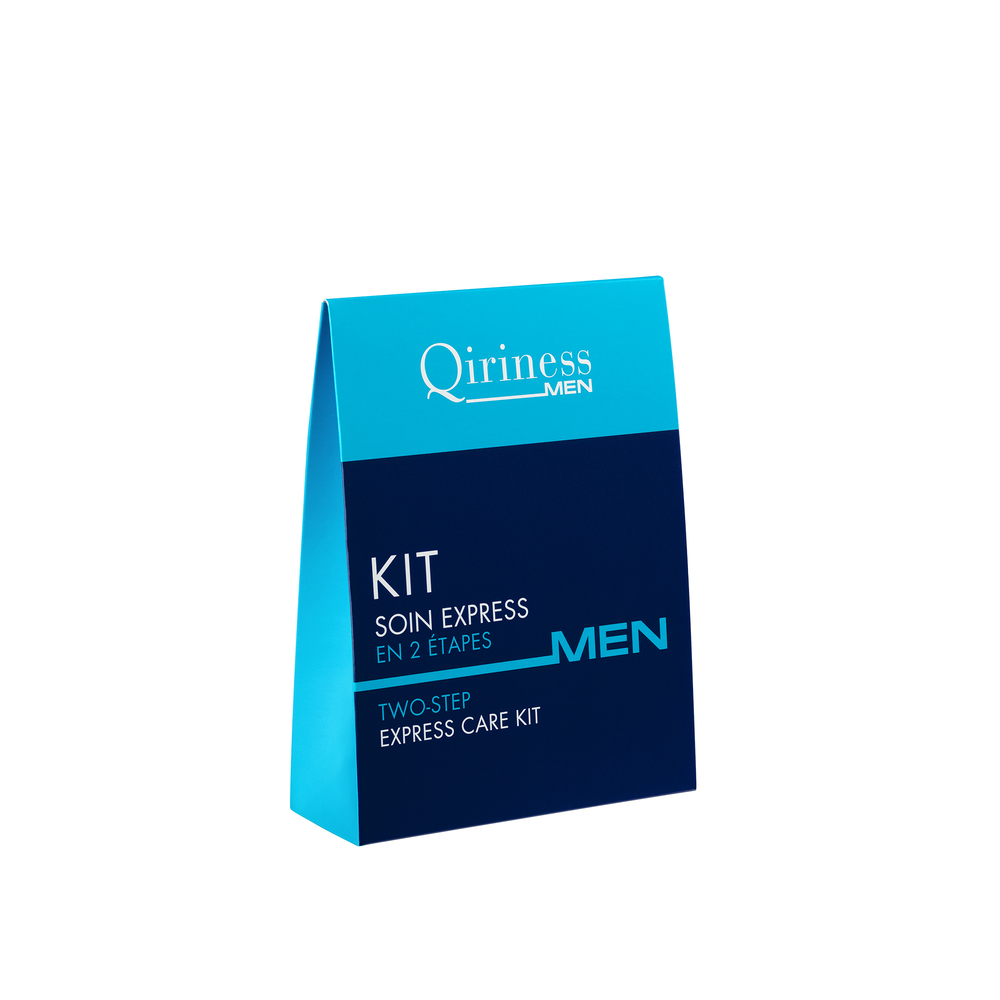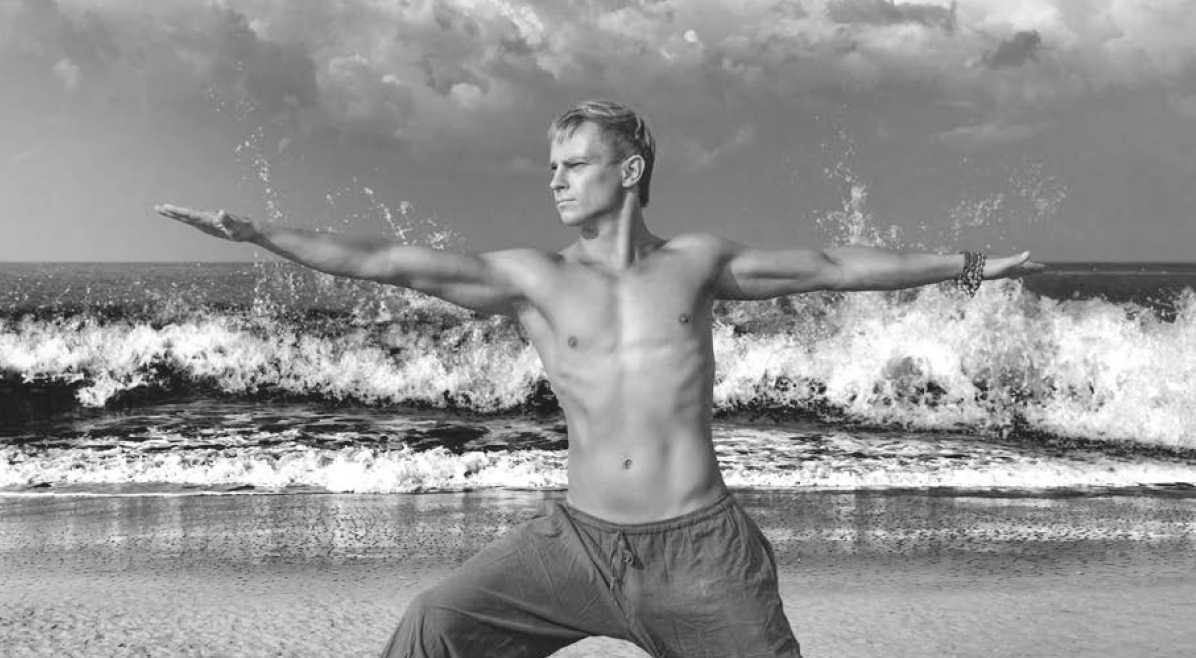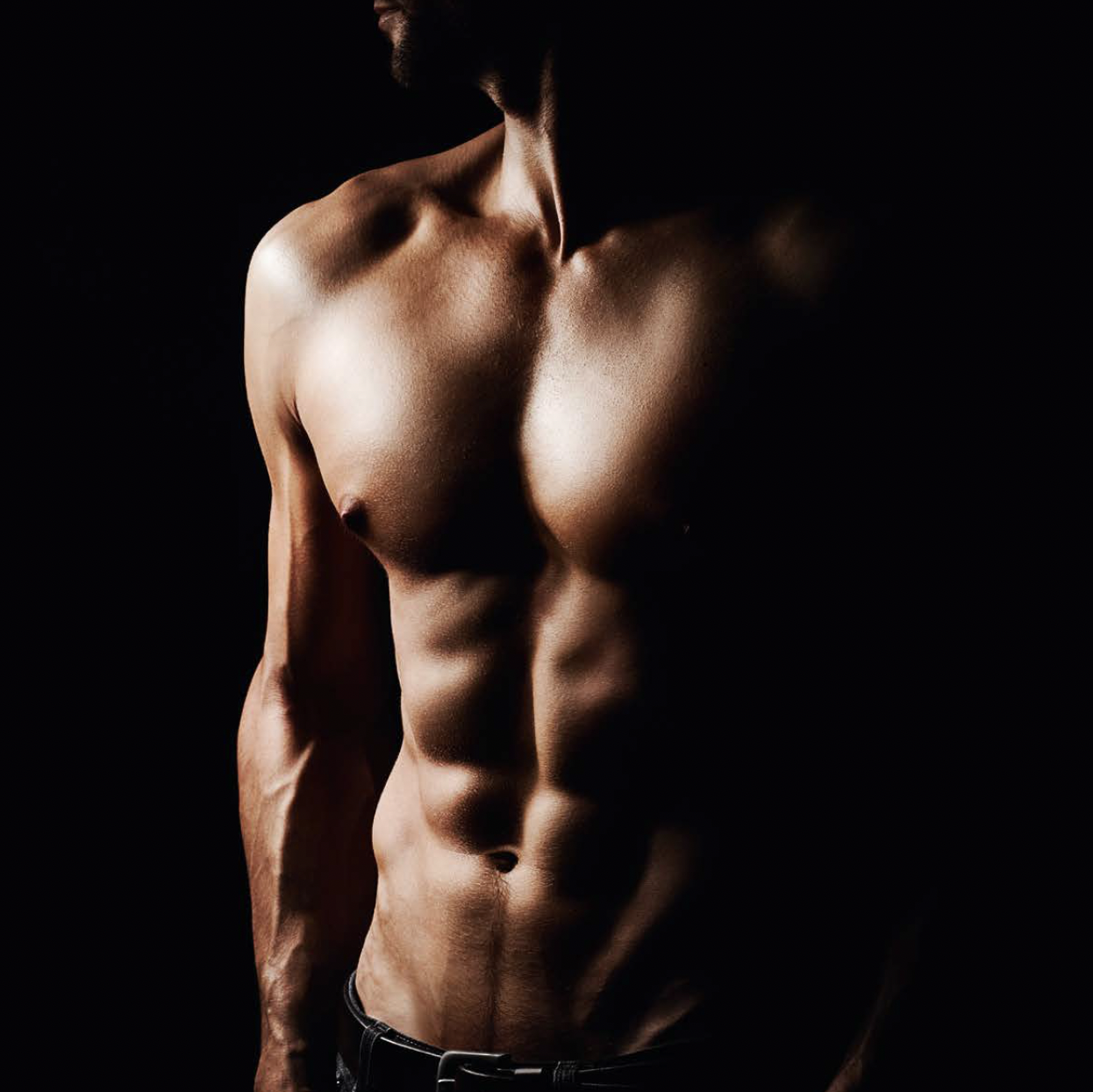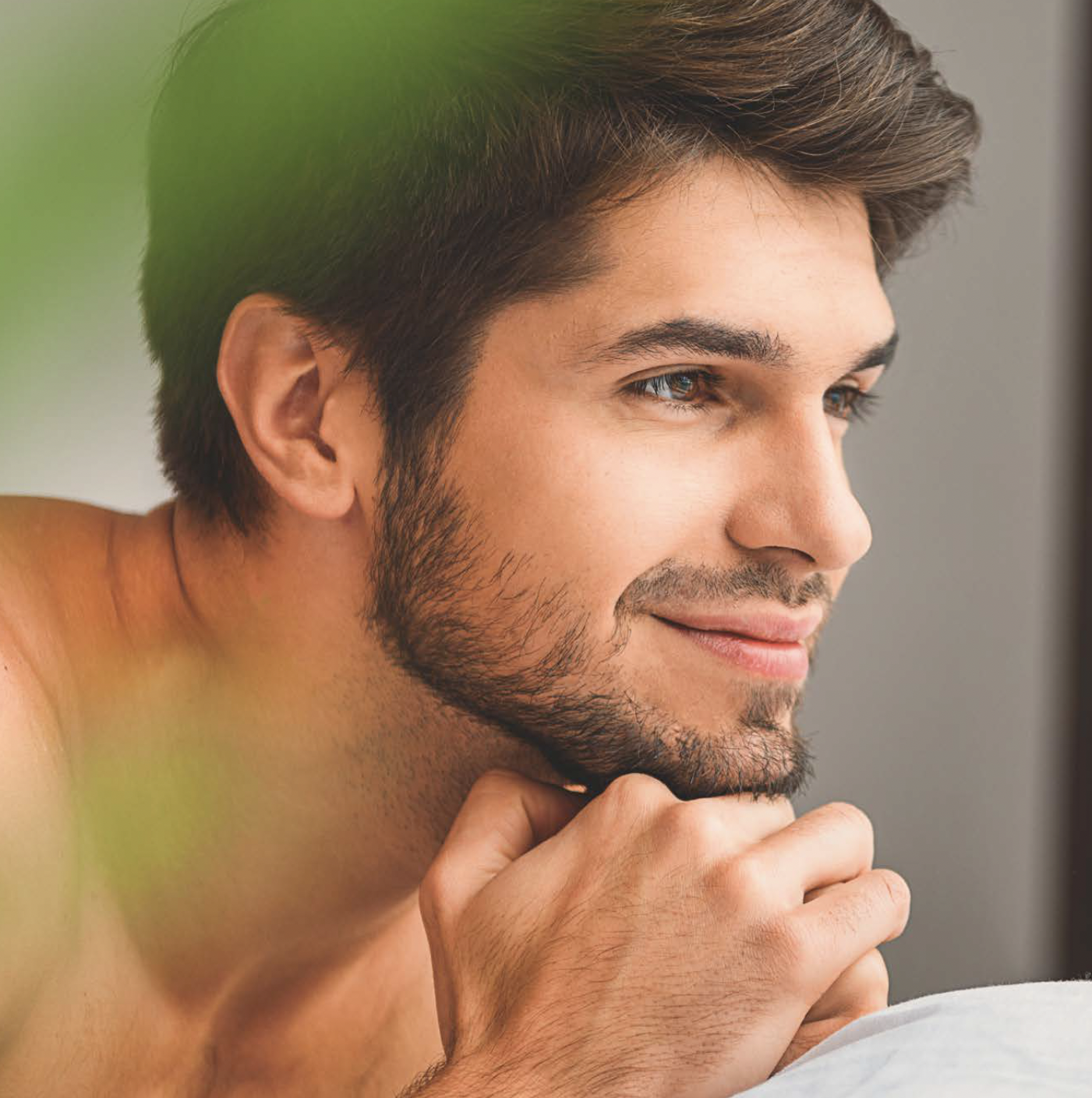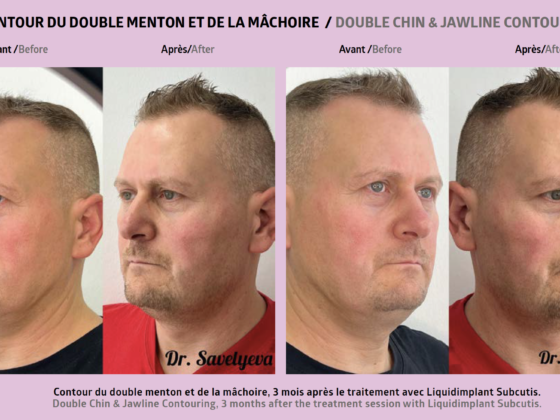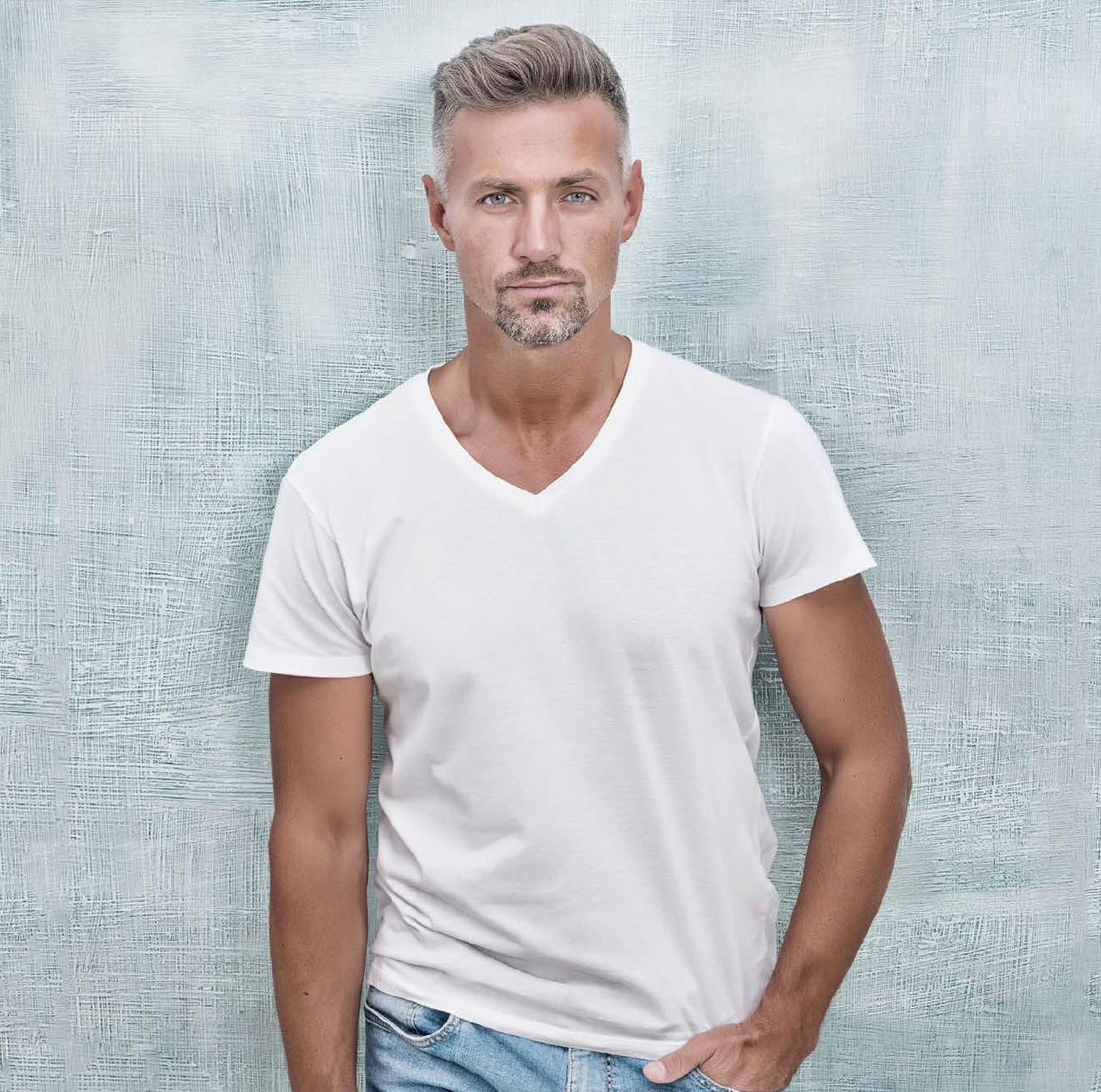By Doctor Olivier Claude
Attractive yet masculine eyes
This is the number one reason that men see a cosmetic doctor. They want to look fresher and less tired while still looking natural.
As we age, our upper eyelids start to look heavier, namely the lateral part. This is when people often enquire about surgery. There is usually excess skin anyway, but it becomes more apparent as the bone and fat around the eye socket are reabsorbed. The deep volumes gradually waste away, leaving behind excess skin that accumulates above the palpebral fold.
The first thing to do it to restore the deep support structures. Injecting new-generation, cohesive hyaluronic acid can recreate this support. We need to inject deep deposits of hyaluronic acid gel into the temple area and sometimes the lateral part of the cheekbone. For men, the cheekbone injections can be milder and lower than for women. This lifts the tail of the eyebrow slightly. But the eyebrow line must remain straight with regard to the edge of the bone, to preserve a masculine look. Small injections of botulinum toxin might also be performed into the depressor muscles of the eyebrows. The orbicularis muscles (crow’s feet wrinkles) and the muscles between the eyebrows (vertical wrinkles) are often hypertonic as we age. The gentle and partial relaxation of these muscle groups often lightens the expression to complete the work done with the hyaluronic acid. It is very important, once again, to adapt the doses, which are smaller than for women, and the location of the treatment in order to avoid lifting the lateral part of the eyebrow too much. Causing the area around the eye to slant too much could make the eye area look too feminine. Thankfully, this is easily corrected in the two-week check-up, in which the frontalis muscle is treated to optimise the eyebrow’s position both when at rest and in movement.
For “heavier” eyelids, surgery (blepharoplasty) is required
The incision is made a bit lower than in women and is always conservative. A nice male eyelid should still be fairly full. We must avoiding hollowing out the eyelid, which could make the patient look tired and less virile. The procedure is straightforward for the patient, is carried out under local anaesthetic and in outpatient surgery without an overnight stay in hospital. The stitches are generally removed around the sixth day post-surgery, but the haematomas can last a few more days.

If there is a significant excess skin in the eyelid as well as drooping in the lateral part of the eyebrow, a temporal lift might be recommended. The go-to procedure involves making an incision on the hairline by the temple. This means that the scar will be invisible. This procedure naturally lifts the tail of the eyebrow, the temple and the upper part of the cheekbone, since it pulls the skin diagonally upwards and backwards. The operation can even be carried out in outpatient surgery under local anaesthetic. A light, intravenous sedative may be offered for extra comfort.
For the lower eyelids, the “tired” look of male eyelids is generally due to fat bags. Their appearance usually goes hand in hand with bags under the eyes and in the tear troughs. We might say that this impression of excess fat mainly comes from the face becoming more gaunt. The fat pockets are highlighted by the appearance of subjacent troughs (resorption of periorbital fat and bone). The first step, like for the upper eyelids, is to restore the support by performing deep hyaluronic acid injections. They need to be deep because this is where the physiological loss of volume has occurred, and the product needs to support the tissues as opposed to weighing them down. If the injections are too superficial, it affects the movement of the eyelids and can block the expressions. Furthermore, they are more likely to cause haematoma and the gel might be visible under thin skin. These supportive injections must be considered as the first step of the treatment, a bit like restoring the load-bearing walls in a house. Then, if the bags have been reduced but are still noticeable, small deposits of mildly-cohesive gels can be injected less deeply, underneath the orbicularis muscle (not under the skin) in order to treat any residual eye bags. If, however, the eye bags are too large, surgery is the only option. This blepharoplasty is most often carried out via a transconjunctival incision, which is internal and therefore not visible. This approach allows us to avoid any scars on the skin and preserves the orbicularis muscle. However, a significant amount of excess skin may lead us to suggest making the incision underneath the eyelashes of the lower eyelid.
The strategy will therefore be adapted according to each patient’s wishes and needs. The whole eye area needs to be analysed and we must know when to suggest treating the whole area as opposed to just a local treatment. But, by carrying out the first step of restoring the facial support structure, we are able to suggest gentler surgery with milder after-effects.

Doctor Olivier Claude
Plastic and Aesthetic Surgeon – Paris. Qualified in Plastic, Reconstructive and Aesthetic Surgery. D.E.S.C. medical specialisation diploma in Plastic and Aesthetic Surgery. Graduated from the French College of Plastic Reconstructive and Aesthetic Surgery.
Instagram: @dr.olivierclaude

